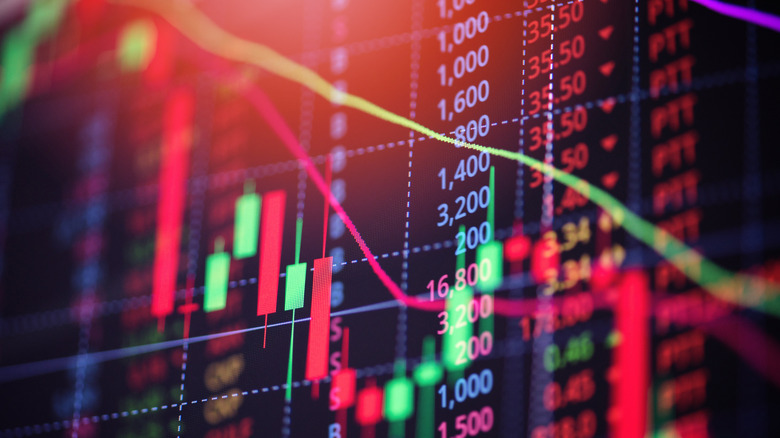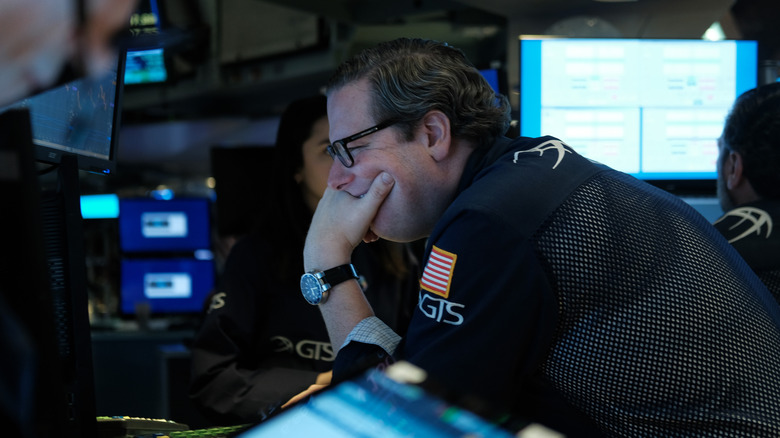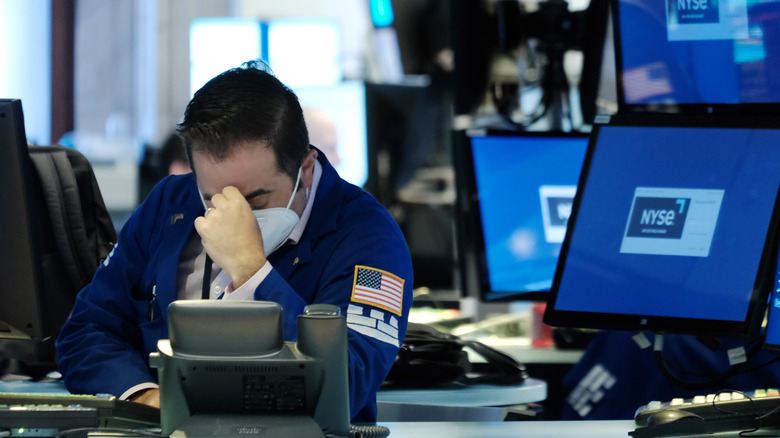What Are Stock Market Circuit Breakers?
For a long time, it didn't take much for the New York Stock Exchange (NYSE) to crash. The first significant stock market sell-off — the so-called Bankers' Panic — took place in 1907 when a group of businessmen tried to control shares of the United Copper Company. When their bid failed and panic ensued, it resulted in an almost 50% drop off from the NYSE's high from a year before. Then there was the famed Wall Street Crash of 1929, the event which foreshadowed the Great Depression, and which saw the Dow Jones Industrial Average retreat some 25% on Black Tuesday alone, according to Insider.
In more recent history, there was Black Monday in 1987, when a chain of events undermined market confidence and ended with the Dow Jones Industrial Average dropping 22.6% — the single biggest one-day decline in market history. The event underscored the global nature of financial markets, and even though the Index gained back 57% of its Black Monday losses after two trading sessions, it also triggered the creation of market-wide circuit breakers. Their purpose? To try and keep markets from hurtling toward what stock market traders have been known to describe as a "bloodbath."
Circuit breakers are a control mechanism
Like the electronic devices for which they are named, stock market circuit breakers are designed to keep markets from going into freefall, which is when investors panic and sell, causing both stock prices and stock market indices to drop sharply. Factors that can cause these sudden swings, also known as volatility, include political and economic developments or sudden announcements arising from specific companies and industries.
The Securities and Exchange Commission (SEC) defines stock market circuit breakers as "coordinated, cross-market trading halts ... designed to operate only during significant market declines and to substitute orderly, pre-planned halts for the ad hoc trading halts which can occur when market liquidity is exhausted." As Mason Gerety, a former research economist at the SEC, put it, "There was this idea that if you stopped trading and gave a pause, then people would calm down and it might stabilize the markets" (via NPR).
And while some might argue that stock market circuit breakers can represent an overreach in oversight, investigators into the market crash of 1987 have pointed out that it was better to implement an organized halt to trading, instead of letting "chaos and system failure" take over, per the SEC.
How today's market-wide circuit breakers work
The original stock market circuit breakers were designed to kick in after the Dow Jones Industrial Average dropped 10%, 20%, and 30%. Those thresholds, which would trigger a trading halt, were lowered in 2012, and the original Dow Jones benchmark was replaced by the S&P 500.
Today, the market-wide circuit breakers kick in at 7%, which is categorized as Level 1; 13%, which is categorized as Level 2; and 20%, which is categorized as Level 3, per the New York Stock Exchange (NYSE).
Under the scheme, a Level 1 and Level 2 will trigger a trading suspension for 15 minutes, while a Level 3 halts trading for the rest of the day. A Level 1 and a Level 2 can be called between 9:30 a.m. and 3:25 p.m., which is 35 minutes before the market closes, while a Level 3 can be imposed at any time (via NYSE).
Since they were mandated, the stock market circuit breakers have been used four times: on March 9, 12, 16, and 18 of 2020. All were tripped by investor fears over the coronavirus pandemic. In all four cases, the benchmark S&P 500 index dropped 7%, and a 15-minute pause in trading was called. The verdict? As one trader put it to The Wall Street Journal, "The systems, as designed, worked."


